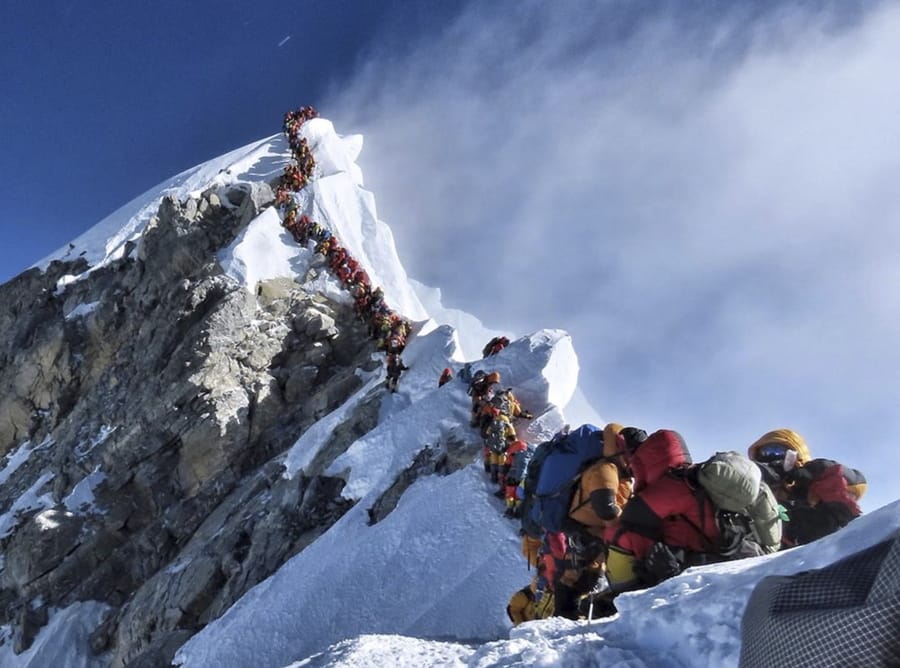“The plain truth,” the author Jon Krakauer wrote, “is that I knew better, but went to Everest anyway.”
It was 1996. Krakauer, a correspondent for Outside magazine, was to hike to Mount Everest’s base camp and write a story for the publication. Instead, he met the guides who helped pioneer the commercial climbing business on the world’s highest peak, and convinced the magazine to let him climb to the top. His editors obliged.
By the end of his trip, eight climbers had died during a storm. At the time, it was the deadliest attempted ascent on the mountain. Eleven people have died on Everest this year, due in large part to the vast contingent of unqualified and unguided alpinists who now flock to the mountain during climbing season, the very phenomenon Krakauer went to document.
British climbers made early attempts to reach the peak on the northern side of the summit in Tibet in the early 20th century. George Mallory and Andrew Irvine were spotted within hundreds of feet of the top in 1924, but the two never returned to camp to relay whether they’d made it. Mallory’s body was found in 1999. Irvine’s remains missing.



